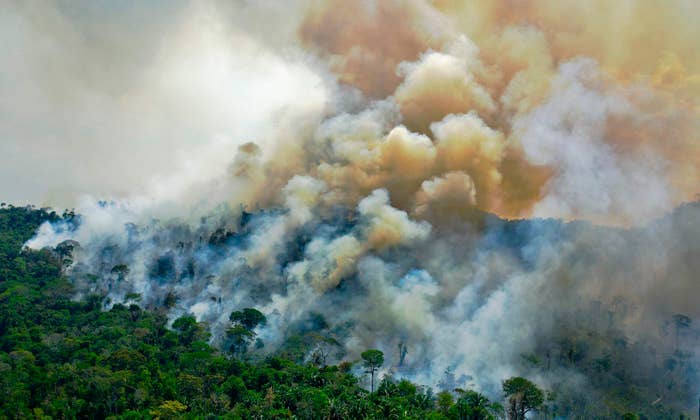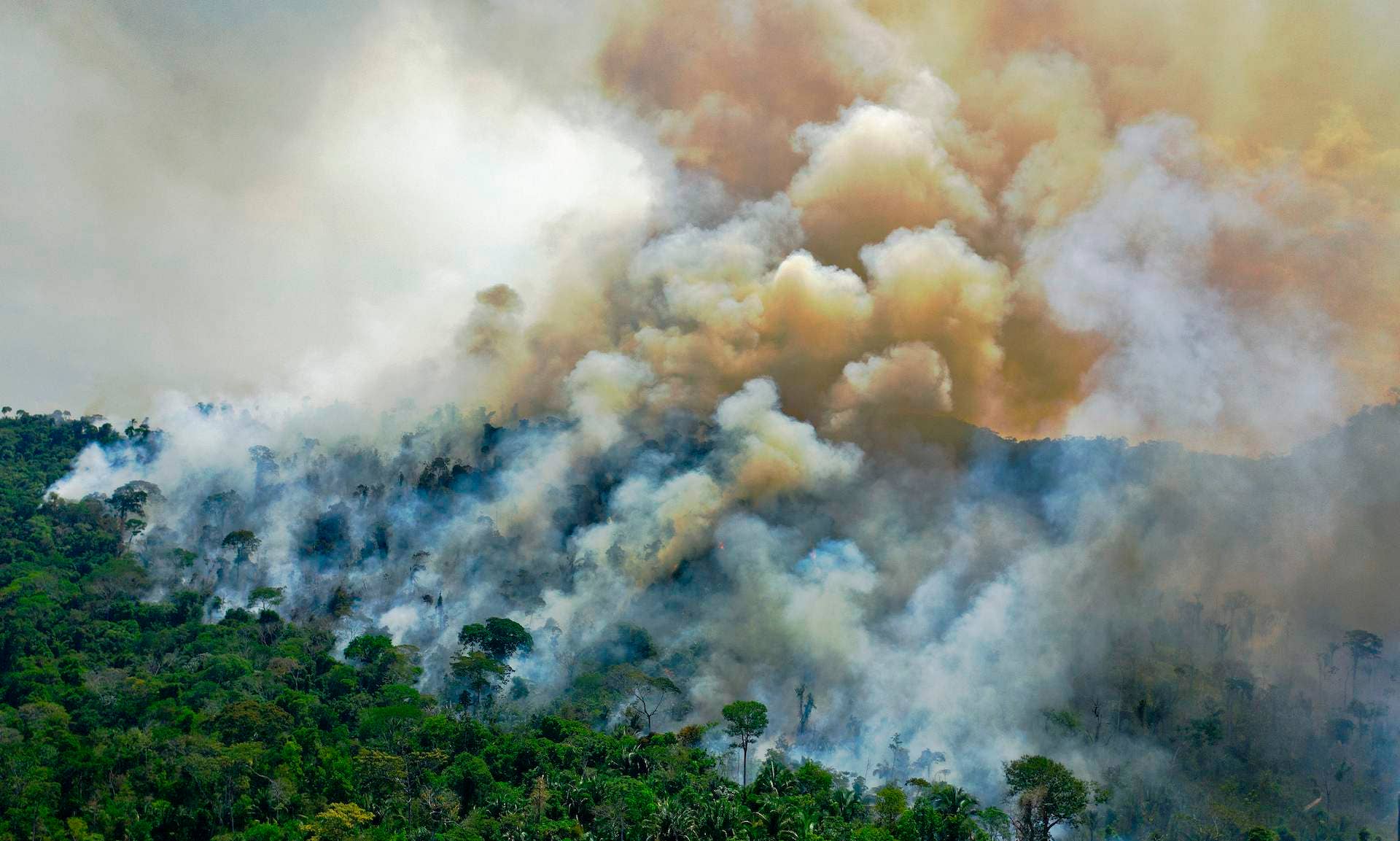
A new study suggests the Amazon rainforest is fueling global warming, with huge portions now emitting more carbon dioxide than it is able to absorb, the New York Timesreports.
A combination of fires and logging in the rainforest has seen large regions switch from being an essential “carbon sink” to being a carbon emitter, researchers from the National Institute for Space Research in Sao Jose dos Campos, Brazil have discovered.
This shift is further fuelling the global warming crisis, which is leading to increasing “extreme weather events” that scientists say is getting worse each year.
The research, published in the journal Nature, found that deforestation and regional climate change is threatening the atmospheric carbon buffering potential of the rainforest. Essentially, without deforestation, the rainforest could soak up some of the carbon emitted by human activity, forestalling the worst impacts of climate change. Millions of trees have been lost, meaning they can no longer take the CO2 from the air as they grow, and instead release the CO2 as they die due to fires and logging.
The area most notably impacted is the southeastern area of Amazonia, which accounts for about 20 percent of the entire rainforest.
“The positive feedback, where deforestation and climate change drive a release of carbon from the remaining forest that reinforces additional warming and more carbon loss is what scientists have feared would happen,” said Simon Lewis, a professor from University College London. “Now we have good evidence this is happening. The south-east Amazon sink-to-source story is yet another stark warning that climate impacts are accelerating.”
The discovery is based on 590 observations of carbon dioxide and monoxide concentrations over almost a decade within the Amazonia region. The study looked at the volume of CO2 absorbed and stored as the forest grows, against the amounts released back into the atmosphere as it has been burned down or destroyed.
The data examined in the study only covers Brazil, which holds about 60 percent of the Amazonian rainforest.

